Mark Dion: Theatre of the Natural World at Whitechapel Gallery

When you push through the heavy doors of the Whitechapel to Mark Dion’s exhibition, the first thing that strikes you is the sound of birdsong. Before you stands an enormous cage, and it takes a couple of seconds to realise that it’s full of birds. 22 zebra finches inhabit this strange, artificially lit space; they share their aviary with an apple tree, a library of 600 books about ornithology and environmentalism, and a few exhibition-goers.
Bizarre, certainly, but powerful too. Dion raises questions of how human beings interact with nature: how we look at it, how we think about it, and how we try to control it. By bringing elements of the natural world into the sparse artificial confines of the gallery, Dion encourages us to consider the impact of placing nature, art, and ourselves within an institutional context.
This consideration is key to Dion’s practice and is further explored in the other galleries of the exhibition. One room recalls a naturalist’s study, pointing to the history of how wildlife has been studied, categorised and replicated through the ages.
The artist further draws on this backdrop through his exploration of the “cabinet of curiosities”, an aristocratic Renaissance practice of presenting strange and unknown items together, whether they originate from the natural world, scientific study or foreign cultures. His 1998-2000 Tate Thames Dig installation draws together a variety of organic and man-made items found in an excavation of beaches along the capital’s great river, demonstrating the inadvertent confluence of the human and the wild even within London.
The exhibition ends with another more recent curiosity cabinet, The Wonder Workshop, where the viewer is unexpectedly plunged into darkness. On display are over 100 glowing objects based on illustrations of animals, plants and instruments found in 17th-century engravings. Their strange luminescence evokes the way in which items are often mythologised or imbued with notions of power, highlighted by the fact that many of them are now extinct or obsolete.
The body of work by Dion on show at the Whitechapel is well chosen by the gallery’s director Iwona Blazwick. It sensitively demonstrates the key themes of the artist’s oeuvre and draws out some of the complex narratives he explores without pushing an interpretation on the viewer, ultimately allowing room for wonder.
Anna Souter
Photo: V-A-C Foundation, Moscow
Mark Dion: Theatre of the Natural World is at Whitechapel Gallery from 14th February until 13th May 2018. For further information visit the exhibition’s website here.


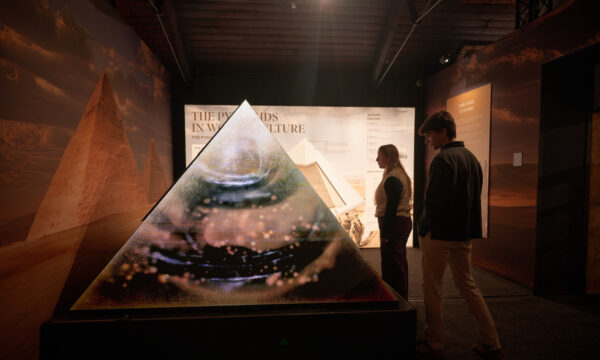
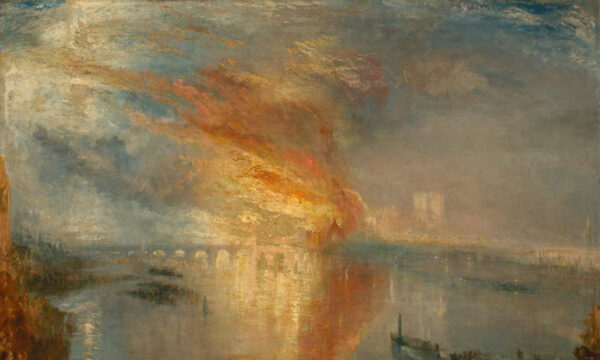


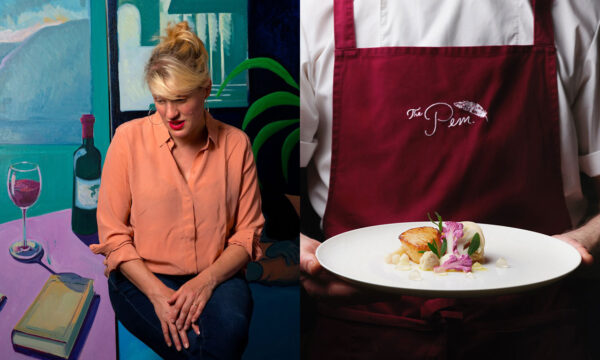
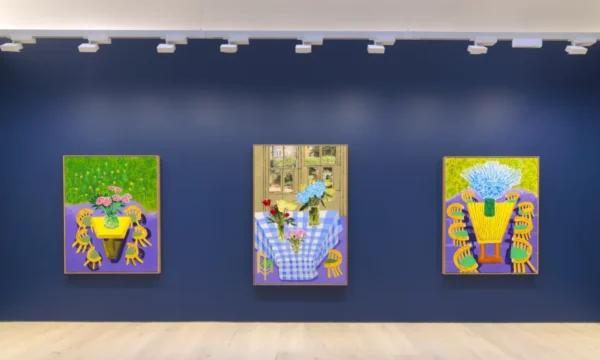

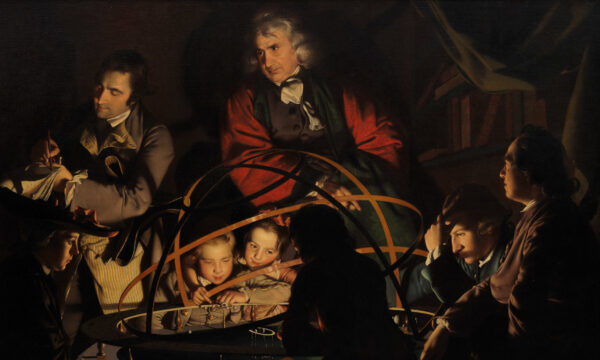
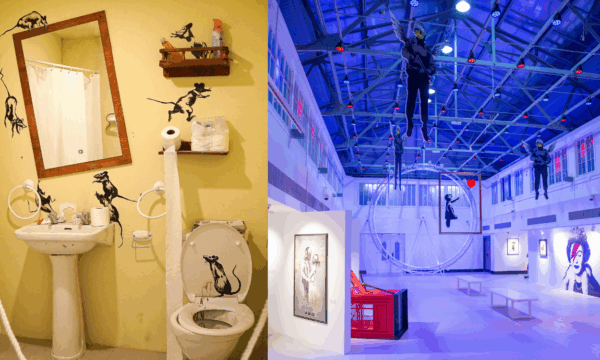


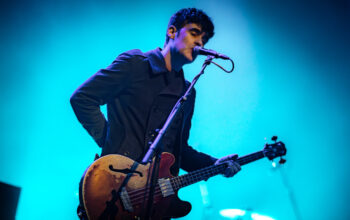
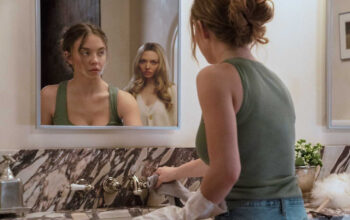

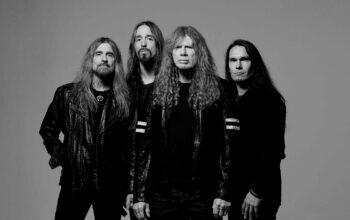






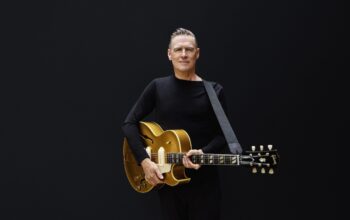

Facebook
Twitter
Instagram
YouTube
RSS